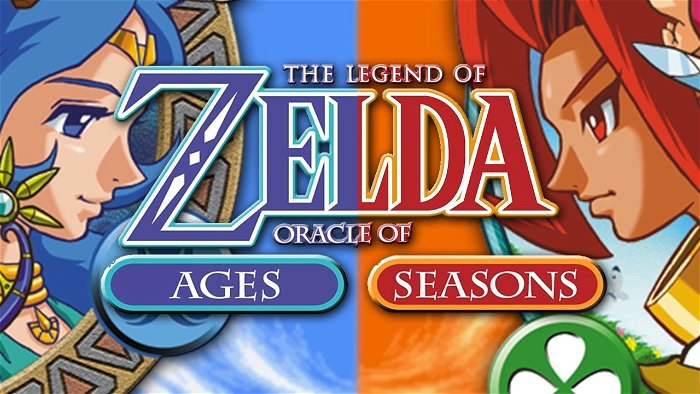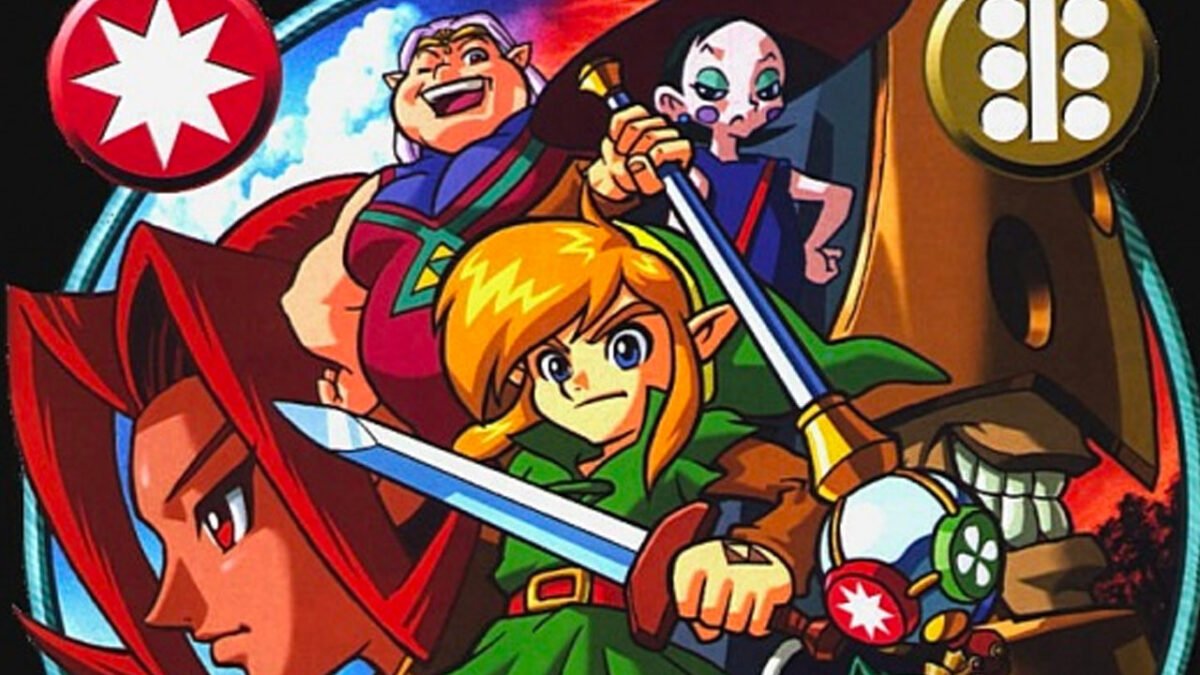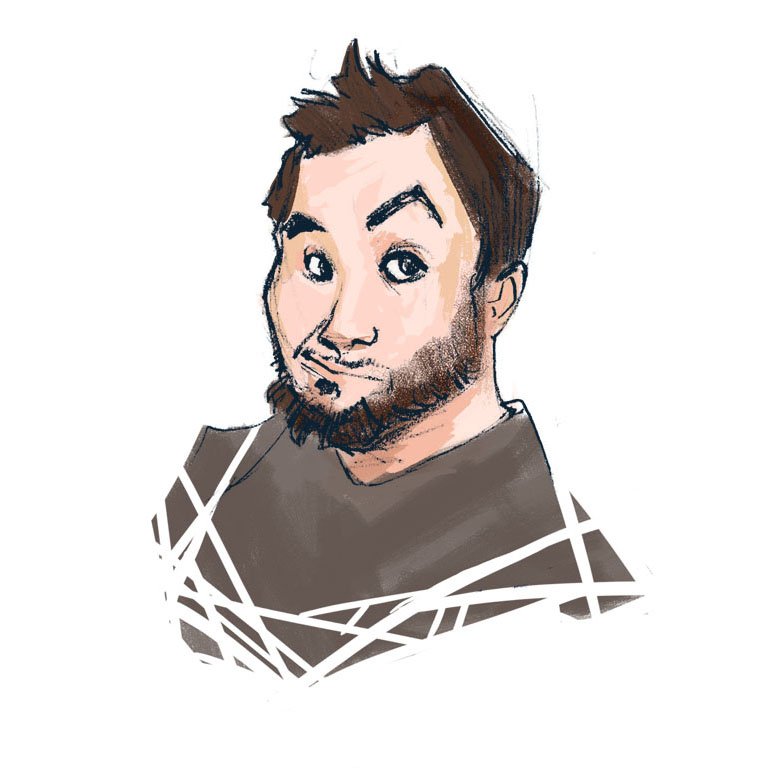In the world of video games, few titles with a legacy of quality match Nintendo’s adventure franchise, The Legend of Zelda. Since the release of the very first game on the Nintendo Entertainment System (NES), Shigero Miyamoto’s fantasy adventure has captured the hearts and minds of gamers around the world. A big reason for that is the level of craftsmanship that goes into each title. From the level design, to the visuals, to the music, there is something special about each return to Hyrule.
Expectations are high with the release of every new entry in the series, so it’s no surprise that, outside of a few rare instances, Nintendo has generally been uninterested in allowing outside studios behind the wheel of their favourite car. While their stance has softened more recently, it’s still surprising for long-time fans to see titles like Hyrule Warriors and Cadence of Hyrule: Crypt of the NecroDancer Featuring The Legend of Zelda populate the Nintendo Library.
So, one could only imagine how shocking it was to see not one but two Zelda titles developed by Capcom. Well, it happened. Let’s talk about two of the great gems of the GameBoy Color’s library — The Legend of Zelda: Oracle of Seasons and Oracle of Ages.

It’s early 1999. The Legend of Zelda: Ocarina of Time released just a few months prior, in November 1998. With the hype of a game many dubbed to be the greatest game of all time fresh in the world’s mind, Yoshiki Okamoto — known for his work at Capcom developing hits like Final Fight and Street Fighter II — approached Zelda creator Shigeru Miyamoto with the idea of his development studio Flagship under Capcom remake the original The Legend of Zelda for the Gameboy Color.
“The plan was to create a remake of the first The Legend of Zelda,” says now Executive Officer and Senior Officer at Nintendo EPD, Takashi Tezuk, who also worked as a Supervisor on the Oracle titles in an Iwata Asks. “I thought if it was just going to be an adaptation of the first one, then it should be all right. Then, while we were talking about it, I realized he [Okamoto] had quite a strong affection for the The Legend of Zelda games. Normally, though, I would have been resistant to leaving games like The Legend of Zelda or Super Mario Bros. to anyone else.”

Plans pivoted from a remake to three games based on the three goddesses Din, Nayru, and Farore — dubbed Oracles in these titles. According to DidYouKnowGaming, the idea was for the first two games, Oracle of Seasons and Oracle of Ages, to release together and serve as a prequel to the third title with a later release date. The games were to be able to link together via a password system, but the team ran into issues trying to implement this idea with a third game, which resulted in just two titles seeing the light of day.
“The Legend of Zelda: Oracle of Seasons and Oracle of Ages are two titles whose quality has transcended both seasons and ages. “
Still, the concept of simultaneous drops within a single franchise is nothing new, especially after the wild success of Pokémon Red and Blue in 1996. So, Nintendo and Capcom went on with a dual release, and what fans were treated with were some truly great experiences for their time.
Narratively speaking, both games link together to tell two separate stories, though they hit similar notes. Without giving too much away, both games hit the same beats of an Oracle (Din for Seasons and Nayru for Ages) is in peril after the Kotake and Koume — recurring characters in the Legend of Zelda franchise, the sorceresses of Ice and Flame, respectively who can combine together to become Twinerva — kidnapped them to use abuse the Oracles’ power to carry out their evil plan.
Their goal is simple, bring back Ganon. To do this, they must light the Flame of Sorrow and the Flame of Destruction, then sacrifice Princess Zelda, and viola, The King of The Thieves is back.

Both games have their own plotlines and characters they interact with along the way. For instance, while Twinerva is the main antagonist, in Ages, Link runs up against General Onox — a dragon in the body of something more like an Iron Knuckle who serves Twinerva in the land of Holodrum. While in Seasons, the main antagonist is Veran, who has the ability to occupy the body of anyone she wants. Much like Onox, Veran also works under the twin witches, serving them in Labrynna.
Players work through different maps with different dungeons and even different companion creatures. It’s actually pretty remarkable how different each game feels, considering how similar they look at first glance. Still, they aren’t wholly unique. The way in which the adventure unfolds is extremely similar.
“It feels as though, somehow, The Legend of Zelda: Oracle of Seasons and Oracle of Ages titles are overlooked.
Link is called to save the day and must work through eight dungeons collecting the Eight Essencess of Nature/Time to give to the Not-Deku-Tree so he can make a seed that fights evil in order to get into the big bad’s castle and fight the villain. Once both games are complete, players can enter a password that gives them the final ending that won’t be spoiled in this article.
Visually, it’s difficult to tell these games apart without knowing the subtleties of each title. After all, the GameBoy Color wasn’t exactly top-of-the-line hardware. Conjuring up a style more akin to Link’s Awakening, the Oracle games are top-down adventures with very basic visuals. Seasons gets the benefit of a more vibrant colour palette by dealing with the change of nature compared to Ages, which handles time.
That said, the two games are designed with two different philosophies in mind. Oracle of Ages focuses on puzzle solving, and more detail is put into the story. Oracle of Seasons, however, is more action-oriented. The difference between the two games is not subtle. In Ages, even the boss battles feel like they need to be solved. This one feels more like a traditional Zelda game. Whereas in Oracle of Seasons, players will face more enemies that can take more damage, while puzzles are used less. Traditional Zelda fans might have to adjust to this one a little more, as it feels more like Capcom’s take on the series.

Together, they work to make a unique experience that we don’t usually see in Zelda games. Their legacy remains as two of the best titles in the Gameboy Color library and two of the greatest examples of handheld Zelda titles of the time.
Still, it feels as though, somehow, The Legend of Zelda: Oracle of Seasons and Oracle of Ages titles are overlooked. They weren’t the first of its kind like Link’s Awakening. They didn’t feature any crossover from the Mario franchise, either. They aren’t connected to other games in the franchise, like Spirit Tracks or A Link Between Worlds. Though their success warmed Nintendo up to the idea of Capcom and Flagship working on another game in the franchise, resulting in The Legend of Zelda: The Minish Cap,
All in all, these two titles sit as some of the most unique games in the series. It’s not often we get direct sequels in The Legend of Zelda franchise, and it’s even rarer that we receive them in a way that can be played in any order. Nintendo doesn’t like to share their intellectual properties, yet they played nice with Capcom, and the result is something special.
While it is strange to see another company’s logo dawn the start screen of a franchise we hold so dearly, the outcome can’t be contested. The Legend of Zelda: Oracle of Seasons and Oracle of Ages are two titles whose quality has transcended both seasons and ages.




